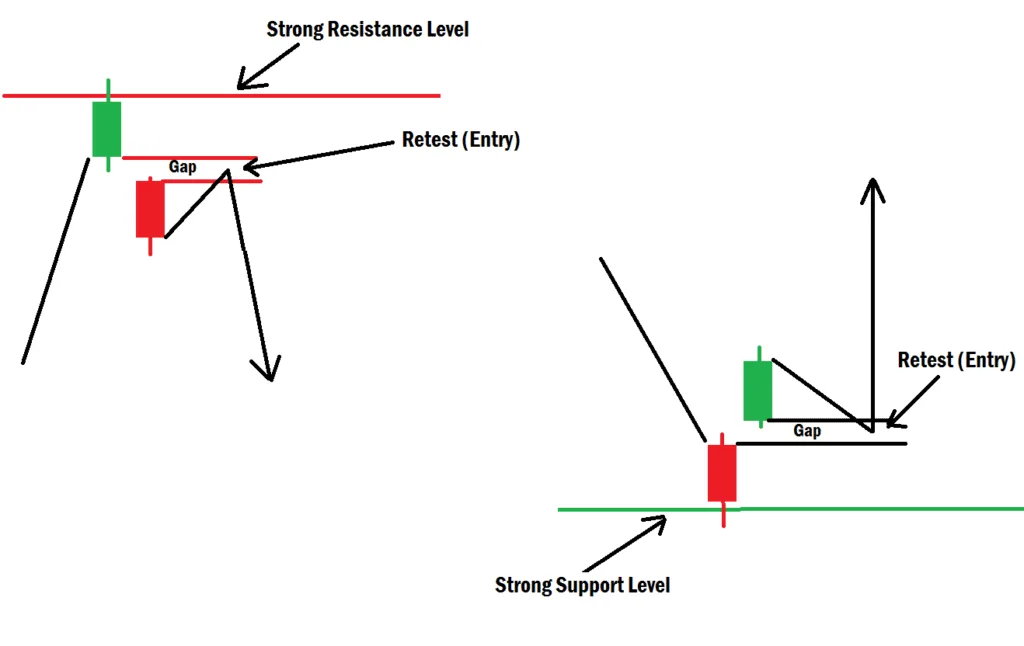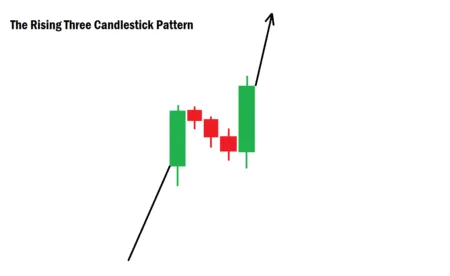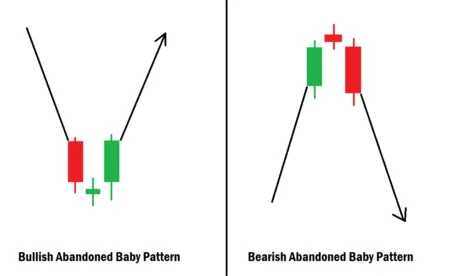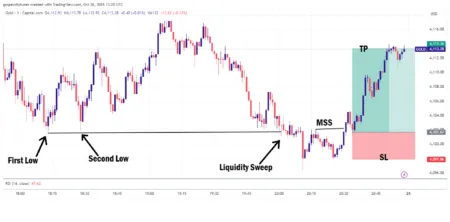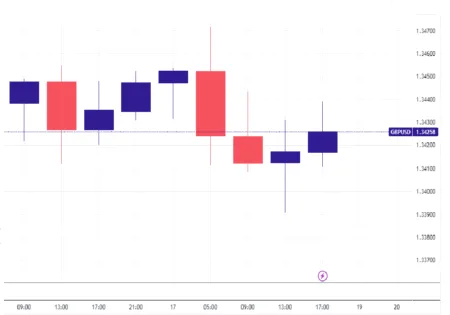How To Use The Bullish and Bearish Kicker Candlestick Pattern for Entry Confirmation
The Bullish and Bearish Kicker Candlestick Pattern is one of the most powerful reversal confirmation patterns in the forex market. It has stood the test of time, helping both professional and experienced traders identify high-probability turning points and catch profitable moves with precision.
If you want to trade like a professional, you must understand one golden rule: confirmation is key to consistency. Every successful trader knows that profitable trading doesn’t happen by chance; it comes from waiting for the market to confirm your bias before pulling the trigger.
So, as a beginner trader, you should never rush into trades blindly. Instead, always wait for proper confirmation, especially at key reversal zones. In this lesson, you’ll learn everything you need to know about the Bullish and Bearish Kicker Candlestick Pattern, including how to identify it and how to use it as a confirmation signal at your anticipated price reversal zones.
What Is the Kicker Candlestick Pattern?
The Kicker Candlestick Pattern is a two-candle formation that signals a strong and sudden shift in market sentiment. It often appears after a sustained bullish or bearish move, suggesting that buyers or sellers have completely taken control of the market.
There are two main types of this pattern:
- Bullish Kicker Candlestick Pattern
- Bearish Kicker Candlestick Pattern
Each tells a unique story about price action and can be used to anticipate potential reversals when spotted at the right zones.
1. The Bullish Kicker Candlestick Pattern
The Bullish Kicker Pattern occurs when a strong bullish (green) candlestick forms immediately after a bearish (red) one, with a noticeable gap between their opening prices.
This pattern signals a sudden, aggressive shift from selling pressure to buying strength, often triggered by major market participants entering the fray. It indicates that buyers have fully taken over and that prices are likely to move higher.
How to Identify a Bullish Kicker:
- The first candle is bearish.
- The second candle opens above the first candle’s open, leaving a gap.
- The second candle closes strongly bullish.
- Appears at a key reversal level like a demand zone, bullish order block, uptrend line touch, or strong support zone.
Trading Tip:
Wait for a small pullback into the gap before entering. This helps confirm that buyers are truly in control and reduces false entries. Your stop loss should be below the zone or support level.
Wait for a small pullback into the gap before entering. This helps confirm that buyers are truly in control and reduces false entries. Your stop loss should be below the zone or support level.
2. The Bearish Kicker Candlestick Pattern
The Bearish Kicker Pattern is the opposite. It appears when a strong bearish (red) candle forms immediately after a bullish (green) candle, showing a sudden shift from bullish momentum to heavy selling pressure.
It indicates that sellers have stepped in with force, and price may continue dropping in the short to medium term.
How to Identify a Bearish Kicker:
- The first candle is bullish.
- The second candle opens below the first candle’s open, creating a gap.
- The second candle closes strongly bearish.
- Often forms around supply zones, bearish order blocks, downtrend line touches, or resistance levels.
Trading Tip:
You can wait for a small retracement into the gap or a retest of the bearish candle’s body before placing your sell trade. This gives extra confirmation that sellers are in charge. Your stop loss should be above the zone or resistance level.
You can wait for a small retracement into the gap or a retest of the bearish candle’s body before placing your sell trade. This gives extra confirmation that sellers are in charge. Your stop loss should be above the zone or resistance level.
How to Use the Kicker Candlestick Pattern for Entry Confirmation
The Kicker Candlestick Pattern becomes even more powerful when combined with Smart Money Concepts (SMC) and key price action levels. As a beginner, you should never rely on it alone.
Use it to confirm your trade idea after you’ve already identified:
- A bullish or bearish order block
- A trendline touch
- A demand or supply zone
- A support or resistance level
When the kicker pattern appears at one of these strong zones, it confirms that the market structure is aligning with your bias, giving you the confidence to take the trade.
Backtesting Performance of the Kicker Candlestick Pattern
According to our backtesting results on major currency pairs like GBP/USD, EUR/USD, and GBP/JPY, the Kicker Candlestick Pattern delivered an average win rate of 72%.
The backtest involved 300 trades per pair over a 6-month period, using:
- The 1-hour chart as the higher time frame
- The 5-minute chart for entries
All trades were executed at strong reversal zones, such as order blocks, trendline touches, and key support or resistance levels.
This impressive performance shows that the Kicker Candlestick Pattern is a reliable confirmation tool for both beginners and struggling traders looking to improve their accuracy.
Important Note for Beginners
Forex trading involves risk and isn’t suitable for everyone. No strategy or pattern works 100% of the time. That’s why you must practice, master, and develop your trading skills before going live with real money.
Always start with a demo account, learn how different candlestick patterns behave at various market conditions, and train yourself to manage emotions and risk effectively.
Remember, forex trading thrives on mastery, not magic.
Final Thoughts
The Bullish and Bearish Kicker Candlestick Pattern can be your secret weapon when used the right way. It’s not just about spotting it; it’s about using it strategically at key reversal zones to confirm price direction before executing a trade.
If you’re serious about improving your trading accuracy, combine this pattern with Smart Money Concepts, solid risk management, and patience. With practice, it can help you catch cleaner, more profitable moves and build confidence in your trading journey. For more questions concerning this topic, do let us know in the comments section.

